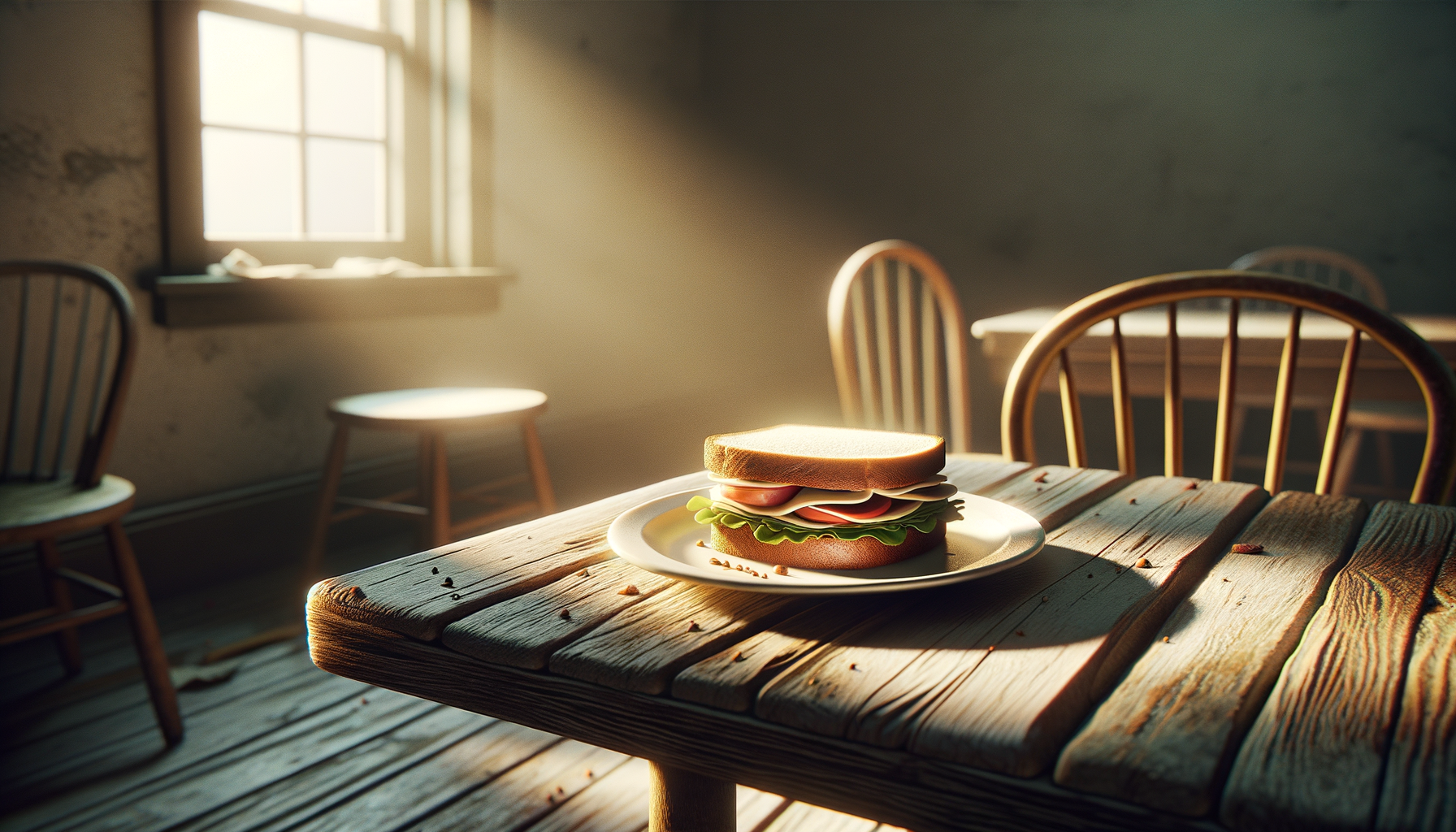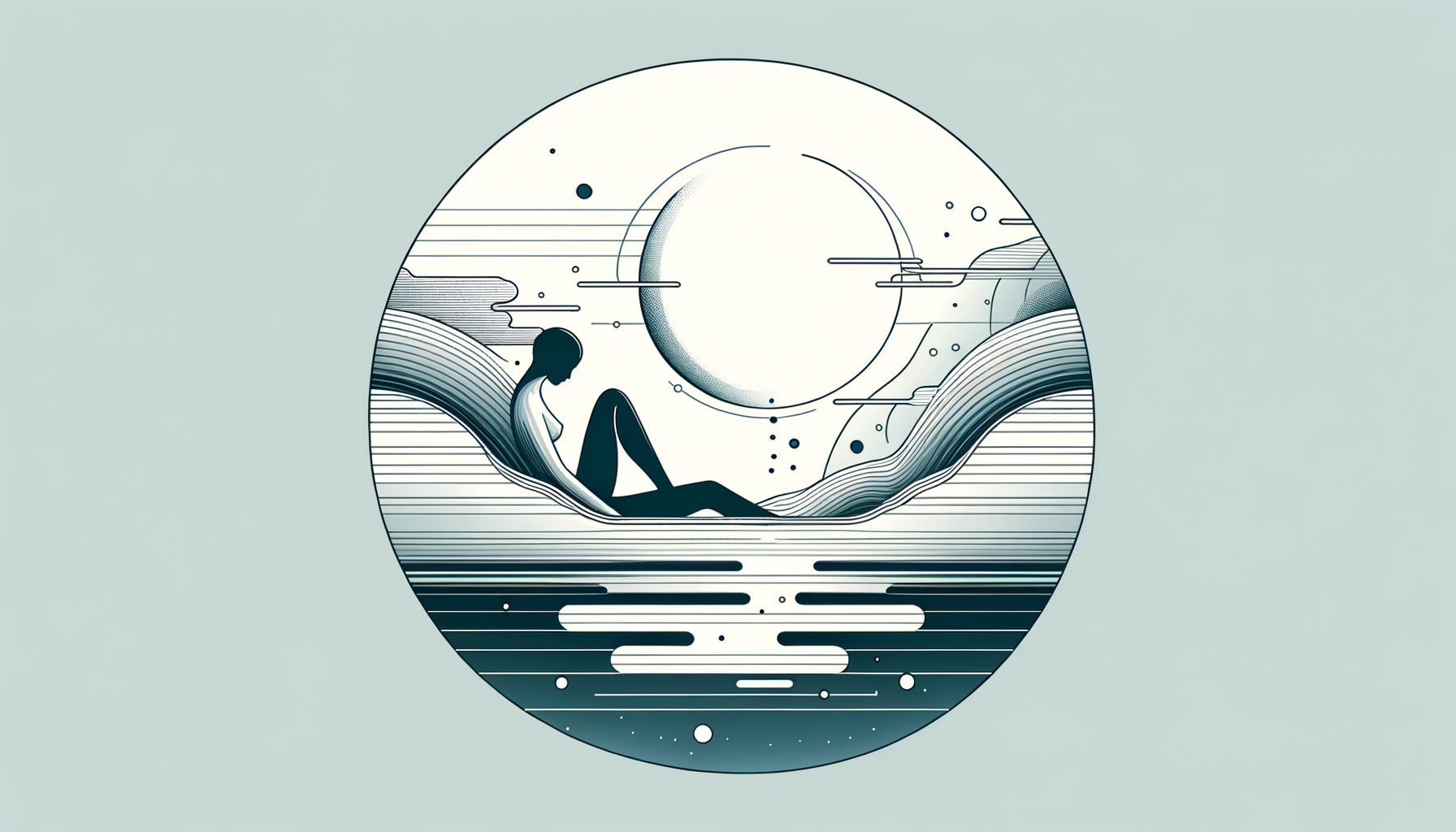Here’s the thing: when everything in your life falls apart at once, it doesn’t unravel slowly like a loose thread. No, it’s more like a sandcastle being bulldozed by an unexpected tidal wave—messy, wet, and impossible to piece back together without starting from scratch.
For me, that year was last summer. By “year,” I mean eight months of pure chaos punctuated by a heatwave, a breakup that felt like a Taylor Swift album played backward (starting with tears, ending with toxic text messages), and a family curveball that took me from "functioning adult" to "how do I adult?" faster than I could say margarita Mondays. But here’s what no one tells you when life crumbles in spectacular fashion: Picking up the pieces can make you sturdier.
Let’s talk about it.
Section 1: Cracks in the Foundation (Or: How I Got Here)
Picture this: It’s July, unreasonably humid even by Lowcountry standards. My A/C unit had just decided to die—as had, apparently, my four-year relationship.
Let me set the romantic scene: my ex-boyfriend and I had been together through college exams, my first big-girl job, and enough beach sunsets to supply a Nicholas Sparks screenplay. When people said “couple goals,” we had the Instagram clout to back it up. Or so I thought. One Thursday over lukewarm Thai takeout, he delivered the words no one wants to hear: “I just feel stuck.”
“Stuck?” I wanted to ask. “Like a flip-flop in wet sand or emotionally constipated?” But instead, I blinked and nodded as years of comfort dismantled themselves over a waning pad Thai carton.
Spoiler alert: It wasn’t just the breakup. Two weeks later, my dad started experiencing health issues that reeled our close-knit family into new roles none of us had prepped for. Between hospital visits, helping at the family café, and trying to fix my still-broken A/C (don’t recommend DIY unless you have real confidence), life didn’t just fray—it unraveled.
What do you do when everything feels too heavy to carry? In my case, I panicked, binge-watched "The Great British Bake Off," ugly-cried into a pint of Cherry Garcia, and hit pause on every part of my life. And then, slowly, I hit “play” again.
Section 2: Step 1—Feel All the Messy Things
When the metaphorical sandcastle collapses, your first instinct might be to patch it up. But let me be real here: Building without acknowledging the wreckage doesn’t work. You’ve got to feel it—the soggy heartbreak, the anxiety, the sheer WTF-ness of it all.
So, I let myself feel. I made a playlist aptly titled "Moody Girl Summer" and played it on a loop while barefoot along the beach. My morning journal turned into an emotional purge: Did I write love haikus about pad Thai? Maybe. Did they help? Absolutely. Writing out the chaotic whirlpool in my head felt just as therapeutic as a bottle of rosé and bad reality TV.
Here’s the thing—you don’t just wake up one day and feel “better.” You feel layers of things: anger, guilt, grief, confusion, hope. Let them wash over you like waves. Some days will leave you drenched, but others will feel lighter.
Practical Tip: Designate space for your emotional chaos. Whether that’s a journal, a solo road trip with loud music, or a vent session with a friend who gets it, give yourself permission to feel. Feel big. Feel loud. And then? Start picking out the pieces you can do something with.
Section 3: Step 2—Find Your Anchor
One of the sneakiest emotions that comes with chaos is shame—like you should’ve worked harder to keep everything perfect. (Spoiler: We're not designed to keep life perfect. That’s what Pinterest is for, not people.)
The real trick? Finding something to hold onto in the mess. For me, it was little things like early-morning coffee with my mom, volunteering to paint murals at my cousin’s surf shop, and rediscovering my love for afternoon walks. On one of those walks, something clicked for me: This time of uncertainty wasn’t just a series of endings. It was a chance to realign with things that made me happy, present, whole.
Gratitude also became a game-changer. Yes, I muttered it through gritted teeth some mornings. (“Thank you, burned toast, for reminding me to lower the toaster settings.”) But it worked—because with every small win came the reminder that life, however cracked, was still full of texture worth living for.
Practical Tip: Identify a daily anchor—something that keeps you grounded. Maybe it’s morning yoga or texting a friend silly memes. It doesn’t have to be productive; it just has to make you feel.
Section 4: Step 3—Learn to Build Differently
It’s easy to try recreating the life you lost piece by piece like playing Tetris with broken memories. But if there’s one thing I’ve learned from betrayal, burnout, and bad HVAC units, it’s this: Build something entirely different. Something that works for who you are now, not who you were pre-chaos.
For me, this meant letting go of the idea of being “the Fixer.” I didn’t have to solve my dad’s medical issues, carry the café singlehandedly, or prove I was thriving post-breakup. Instead, I learned how to delegate. I said “no” out loud without panicking. Shocker: No one hated me for it!
Also? I got creative with how I spent my time. I joined a pottery class (and shattered two coffee mugs before actually succeeding). I squeezed life into gaps I hadn’t noticed before—like reading at the beach, scribbling ideas for my next novel, or baking muffins just because.
Practical Tip: Ask yourself, “What actually fits in my life now?” Toss guilt over what doesn’t. Allow yourself new tools for rebuilding—with the freedom to try, fail, and try again.
Section 5: The Glow-Up Isn’t What You Think
Here’s a reality check, friend to friend: People make “bounce-back” look glamorous. Instagram influencers post about their trips to Bali, vegan detoxes, and their newfound clarity post-brainstorm sesh. But real comebacks are quieter. They happen when no one’s watching.
Mine wasn’t about proving anything. It wasn’t about becoming shinier or glossier. Instead, it was about giving myself permission to stretch, grow, and accept that there’s beauty in the unfinished.
And that’s how life works after falling apart, doesn’t it? It’s moody, unpredictable, ridiculous, and wildly brilliant. You don’t always bounce back—you shift forward. And that’s enough.
Practical Tip: Stop chasing perfection. Start noticing progress. Did you cry less today? Did you laugh even once? That’s growth. Celebrate it.
Conclusion: Surf’s Up—What Now?
Life falling apart feels like drowning, but rebuilding feels like surfing: a little unpredictable, a little wobbly, and wildly thrilling when you stop overthinking every wave. If I learned anything from my sandcastle year, it’s that chaos doesn’t mean failure. It means you get a fresh shot at designing something worthwhile.
So, grab your pieces. Rebuild slowly. Throw in mismatched tiles if you want—imperfections make the story better anyway. And know that somewhere, between the saltwater tears and rookie pottery attempts, you’re becoming a version of yourself who can handle every new tide.




















